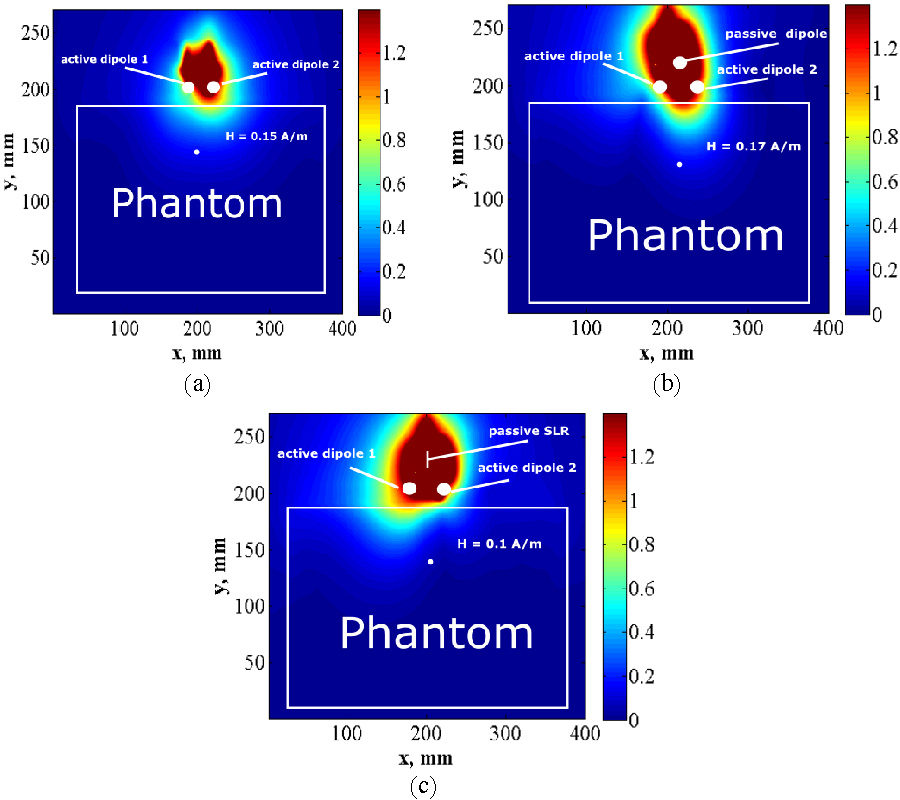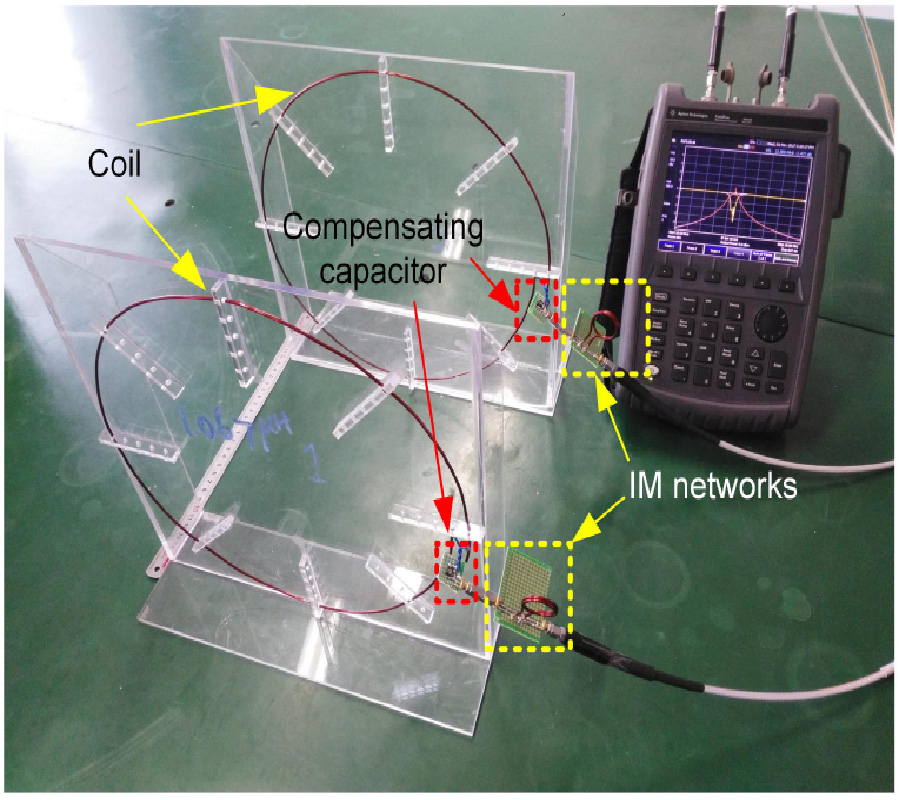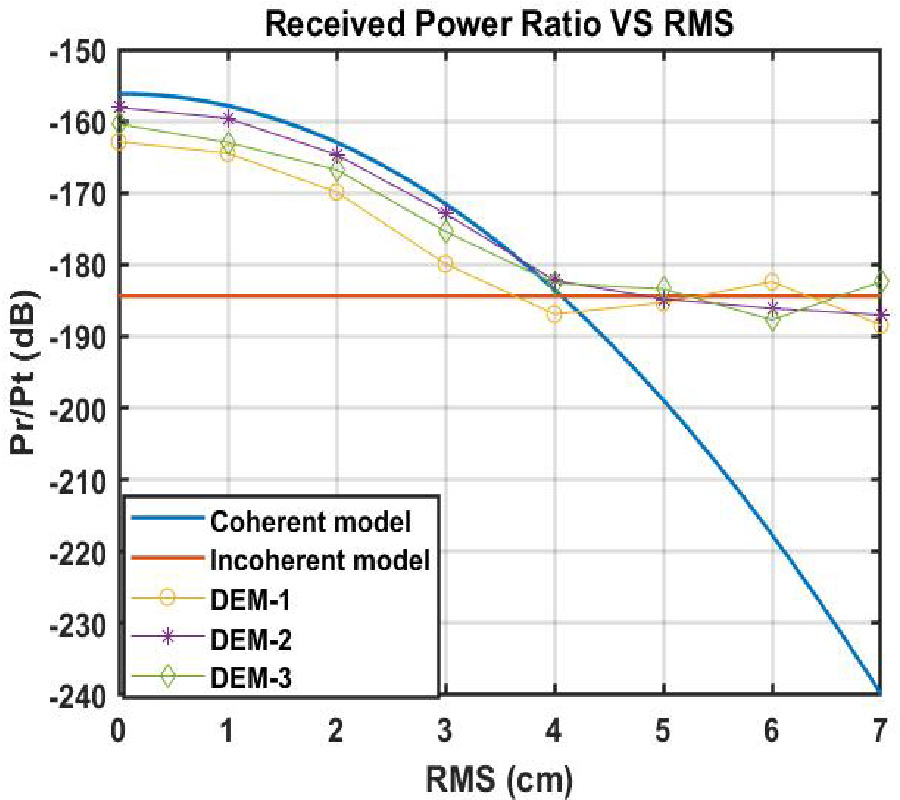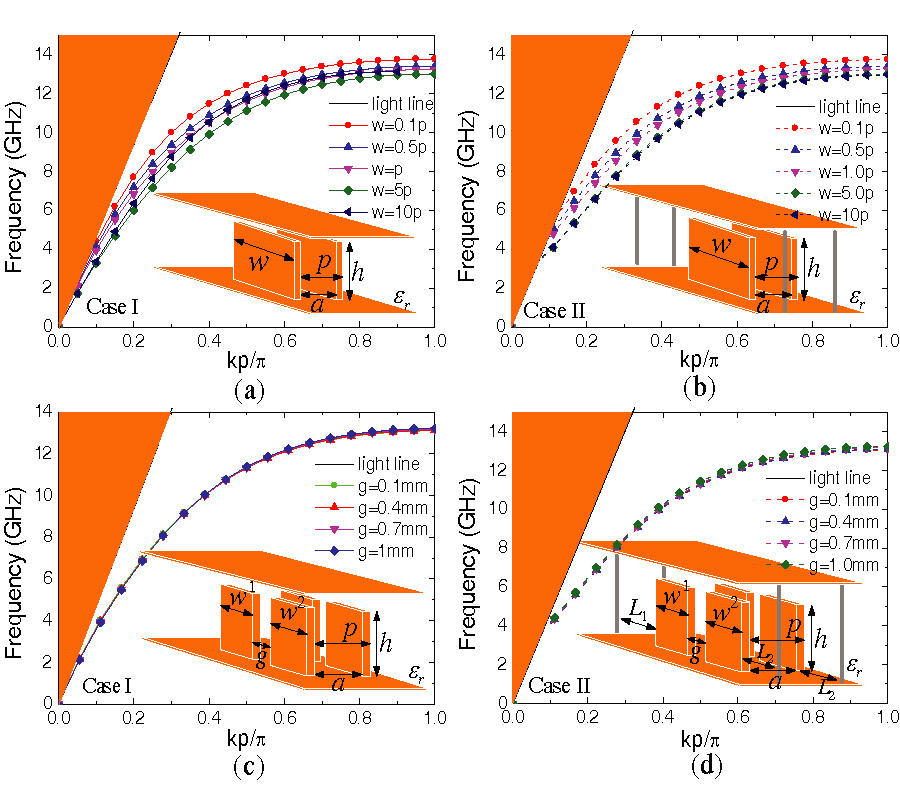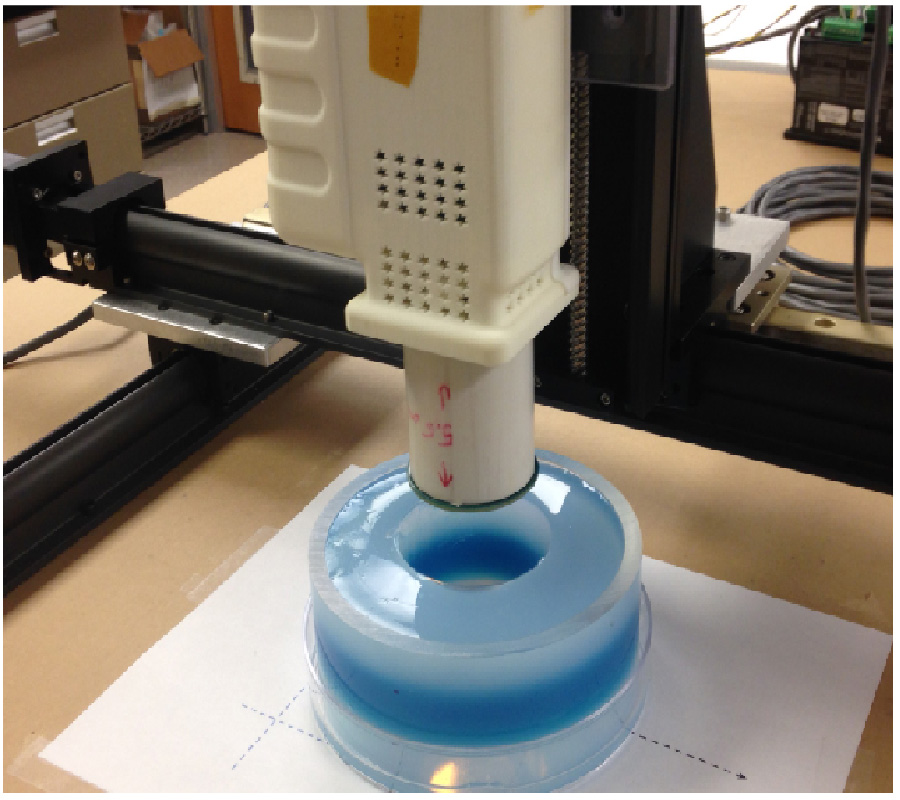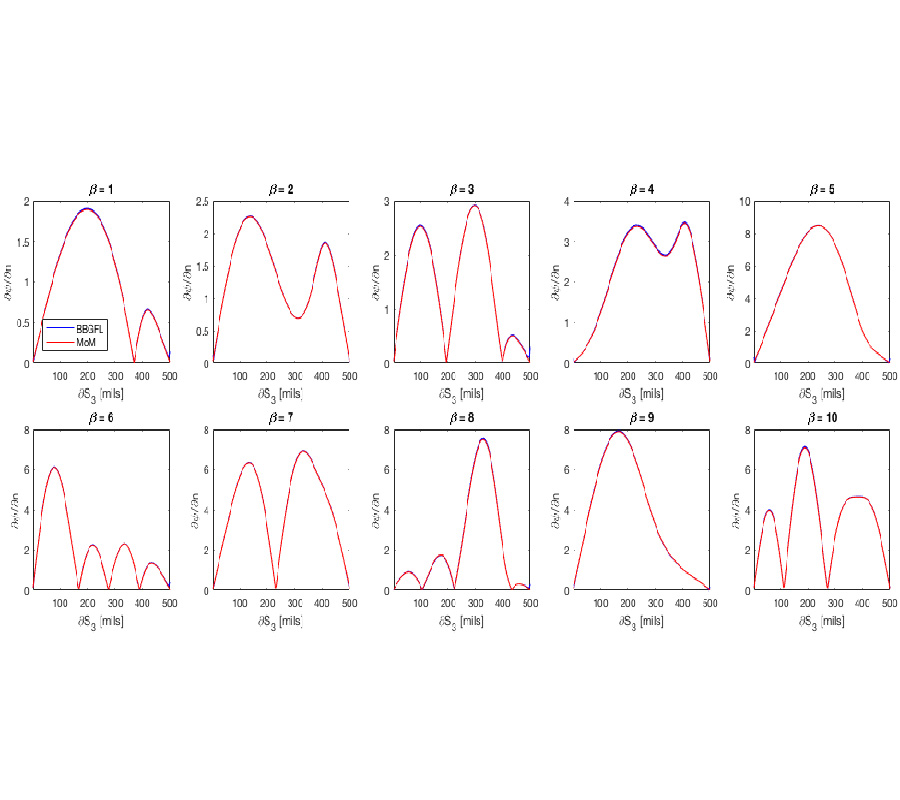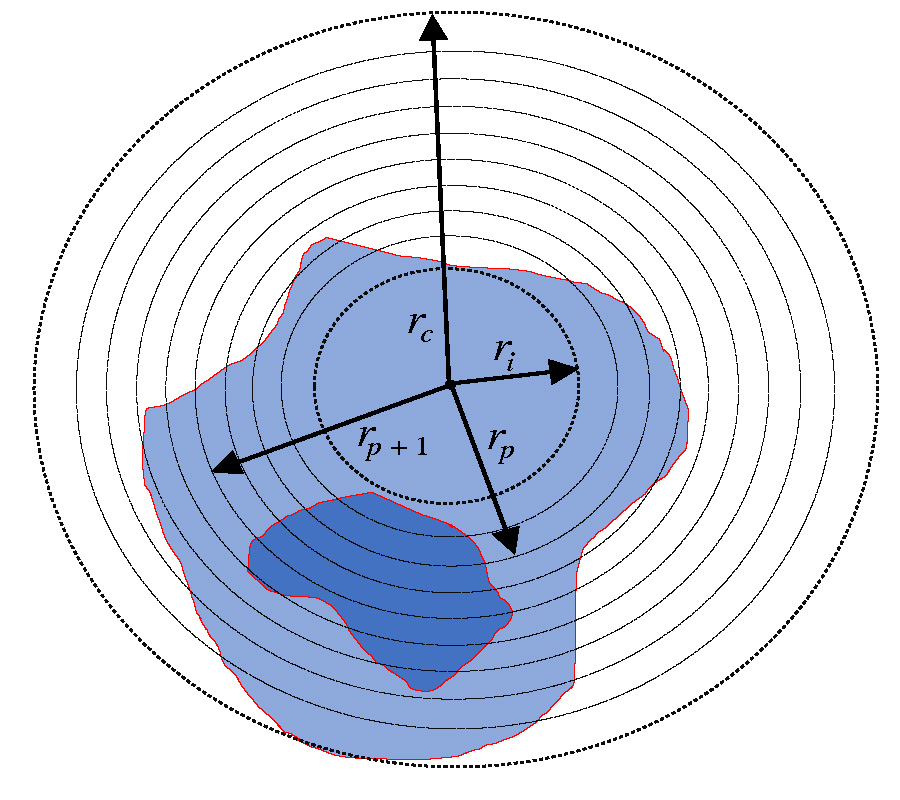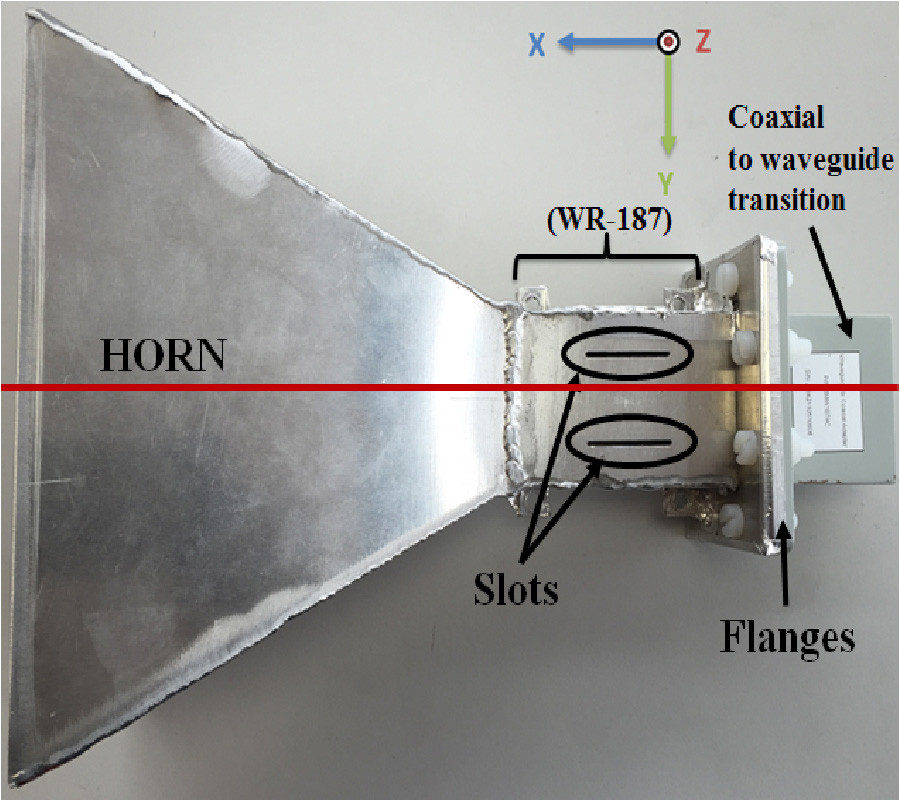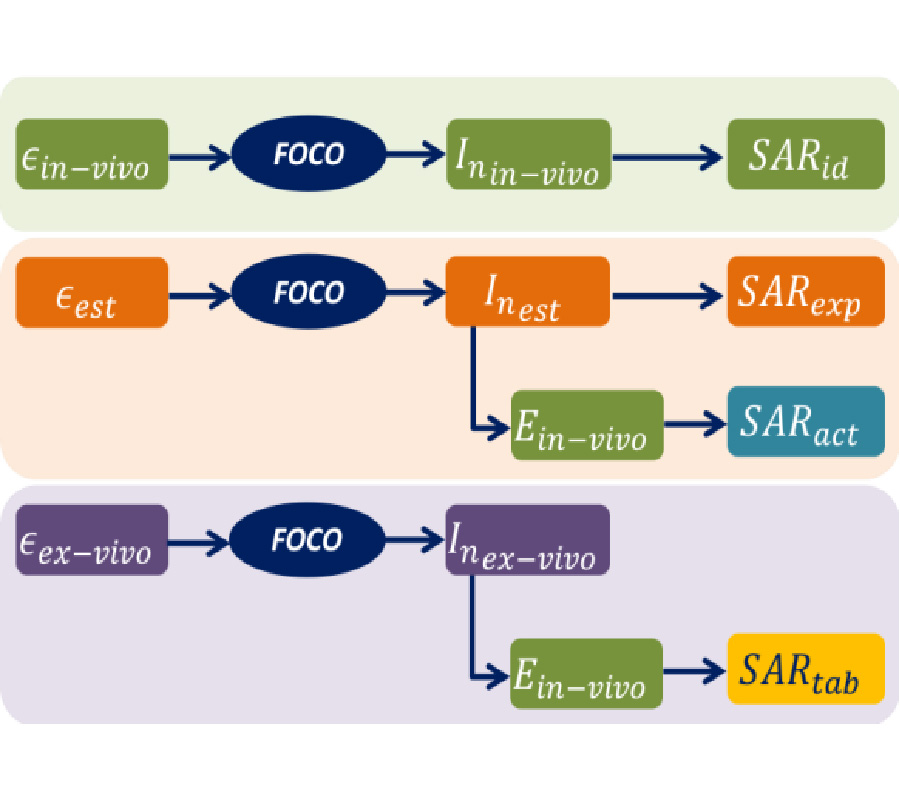Internal Magnetic Induction Tomography Using a Single Coil
Joe R. Feldkamp and
Stephen Quirk
Most imaging modalities image an object's interior while all instrumentation, including sources and receivers, is externally located. One notable exception is ultra-sound (US), which can be miniaturized su�fficiently to locate a US transducer within an object and gather data for image reconstruction. Another is cross-borehole geophysical imaging. The goal of any internal imaging modality is to provide images of greater fldelity while avoiding interfering structures. Due to the bulkiness of multi-coil magnetic induction tomography (MIT), transmitting and receiving coils are never placed within small targets (e.g., a human body). Here, we demonstrate a novel implementation of single-coil MIT that performs a scan all while the coil is located within the interior of a small, lab-created phantom consisting of salt-doped agarose. Phantom geometry is annular, consisting of a 6.0 cm diameter channel of depth 5.5 cm surrounded by a 3.0 cm thick cylindrical wall. A centrally located agarose gel annulus, 2.0 cm thick, is doped with su�cient NaCl to elevate its conductivity above that of surrounding agarose. The resulting nearly axisymmetric phantoms consist of material having conductivity ranging from 0.11 to 10.55 S/m. A scan is accomplished robotically, with the coil stub-mounted on the positioning head of a 3-axis controller that positions the planar circular loop coil into 360 or 720 pre-programmed internal positions. Image reconstruction from gathered data is shown to correctly reveal the location, size and conductivity of the approximately axisymmetric inclusion.
